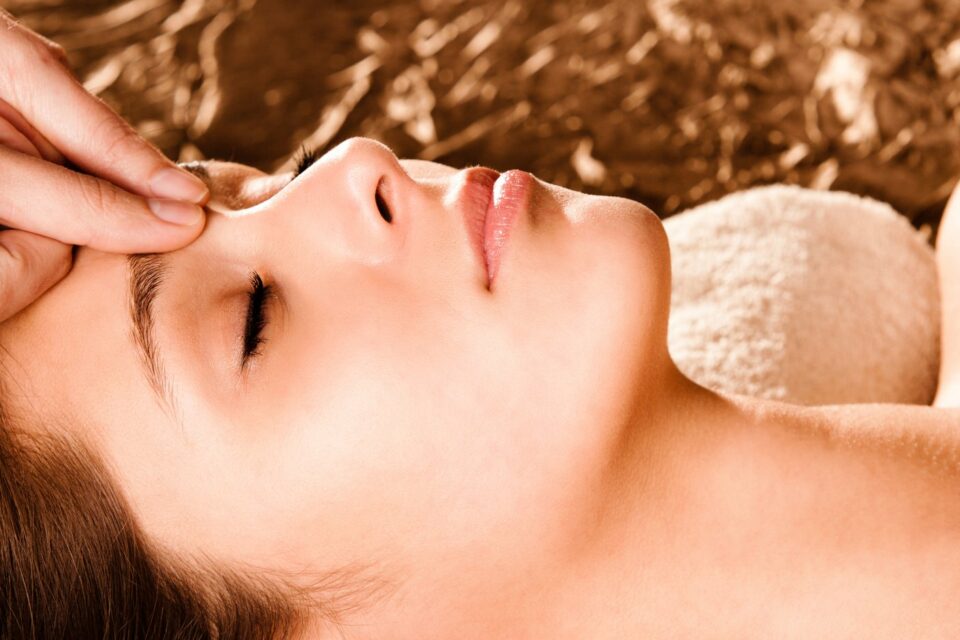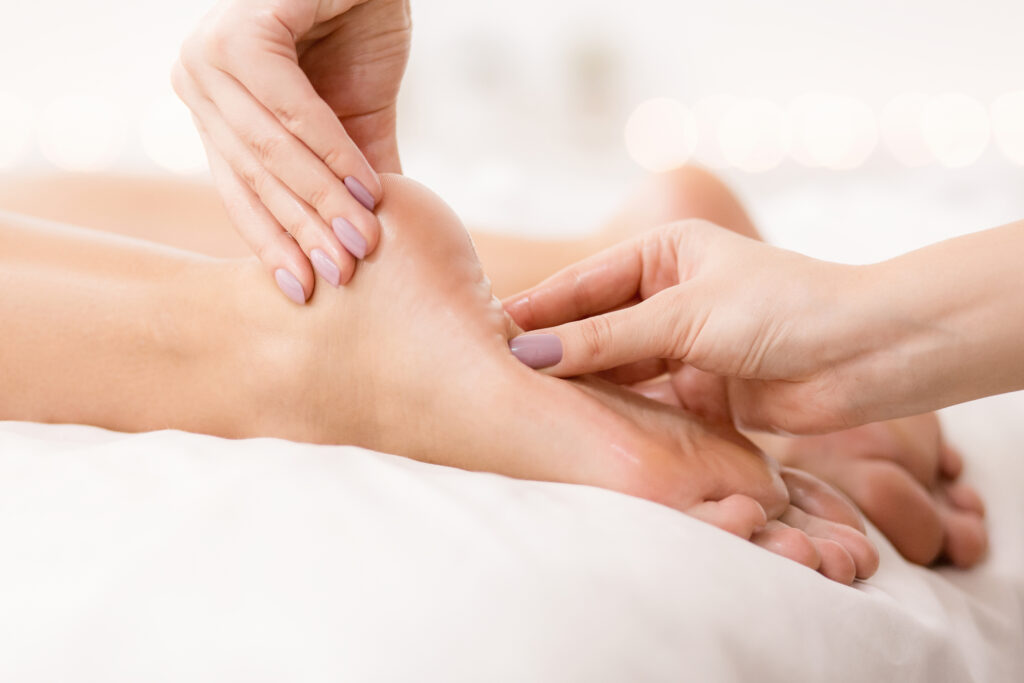Acupressure: an alternative to relieve pain

Acupressure is an alternative therapy that can be applied to relieve headaches, menstrual cramps and other day-to-day pain.
This technique, like acupuncture, originates from traditional Chinese medicine and is indicated to relieve pain or to stimulate the functioning of organs by pressing specific points on the hands, feet, and arms.
Receive all our tips by email!
Love Astrology? Subscribe Now and Receive Exclusive Content!
According to traditional Chinese medicine, these points represent the gathering of nerves, veins, arteries and vital channels, which make them energetically linked with the whole organism. So that you can use Acupressure to relieve headaches or tension, stress, menstrual cramps, allergies and nausea, here are four acupressure points that can be stimulated.
Acupressure: the main points
1. To fight stress and headache
This acupressure point is located between the right thumb and index finger. Starting with the right hand, to press this point your hand should be relaxed, with the fingers slightly bent and the point should be pressed with the left thumb and the left index finger, so that these two fingers form tweezers.
The remaining fingers of the left hand should rest just below the right hand.
To press the acupressure point, you should start by applying pressure firmly for 1 minute until you feel a slight pain or burning sensation in the tightening region, which means that you are pressing the right spot. After that, you should release your fingers for 10 seconds and then repeat the pressure again.
This process should be repeated 2 to 3 times on both hands.

2. To prevent menstrual cramps
This acupressure point is located in the center of the palm. To press this point you should use the thumb and index finger of the opposite hand, placing the fingers in the form of tweezers. This way the stitch can be pressed simultaneously on the back and palm.
To press the acupressure point, you should start by applying pressure firmly for 1 minute until you feel a slight pain or burning sensation in the tightening region, which means that you are pressing the right spot. After that, you should release your fingers for 10 seconds and then repeat the pressure again.
This process should be repeated 2 to 3 times on both hands.
3. Improve digestion and prevent motion sickness
This acupressure point is located on the sole of the foot, just below the space between the big toe and second toe, where the bones of these two toes intersect.
To press this point, you should use the hand on the opposite side, pressing the sole with the thumb and the opposite side with the index finger so that the fingers form a tweezers that surrounds the foot.
To press this acupressure point, you must press hard for approximately 1 minute, releasing the foot at the end for a few seconds to rest. You should repeat this process 2 to 3 times on both feet.

4. To relieve symptoms of cough, sneezing and allergies
This acupressure point is located on the inside of the arm in the region of the arm bend. To press it you should use the thumb and index finger of the opposite hand, so that the fingers are arranged in forceps shape around the arm.
To press this acupressure point, you must press hard until you feel a slight pain or twinge, maintaining the pressure for approximately 1 minute. After that time you must release the point for a few seconds to rest. You should repeat this process 2 to 3 times in the arms.
These pressure points relieve a variety of problems such as headaches or tension, stress, menstrual cramps, allergies or nausea, for example, and the technique must be done at least once a day to be effective.
When performing acupressure point stimulation it is recommended to do so in a comfortable place where the body can be lying down and relaxed.
Like acupuncture, acupressure should only be used as a supplement to clinical treatment, and it is recommended that you consult your doctor to identify and treat the source of pain.
Who can perform Acupressure?
Anyone can practice this technique at home, but it is not recommended for treating medical conditions, and should not be applied to areas of the skin with wounds, warts, varicose veins, burns, cuts or cracks.
In addition, this technique should also not be used by pregnant women without medical supervision or by a trained professional.
You may also like:
- Gua Sha: a millenarian technique of scraping
- Naturopathy: what you should know
- Benefits of acupuncture: what you need to know
- Tapping: the amazing benefits of not to stress

